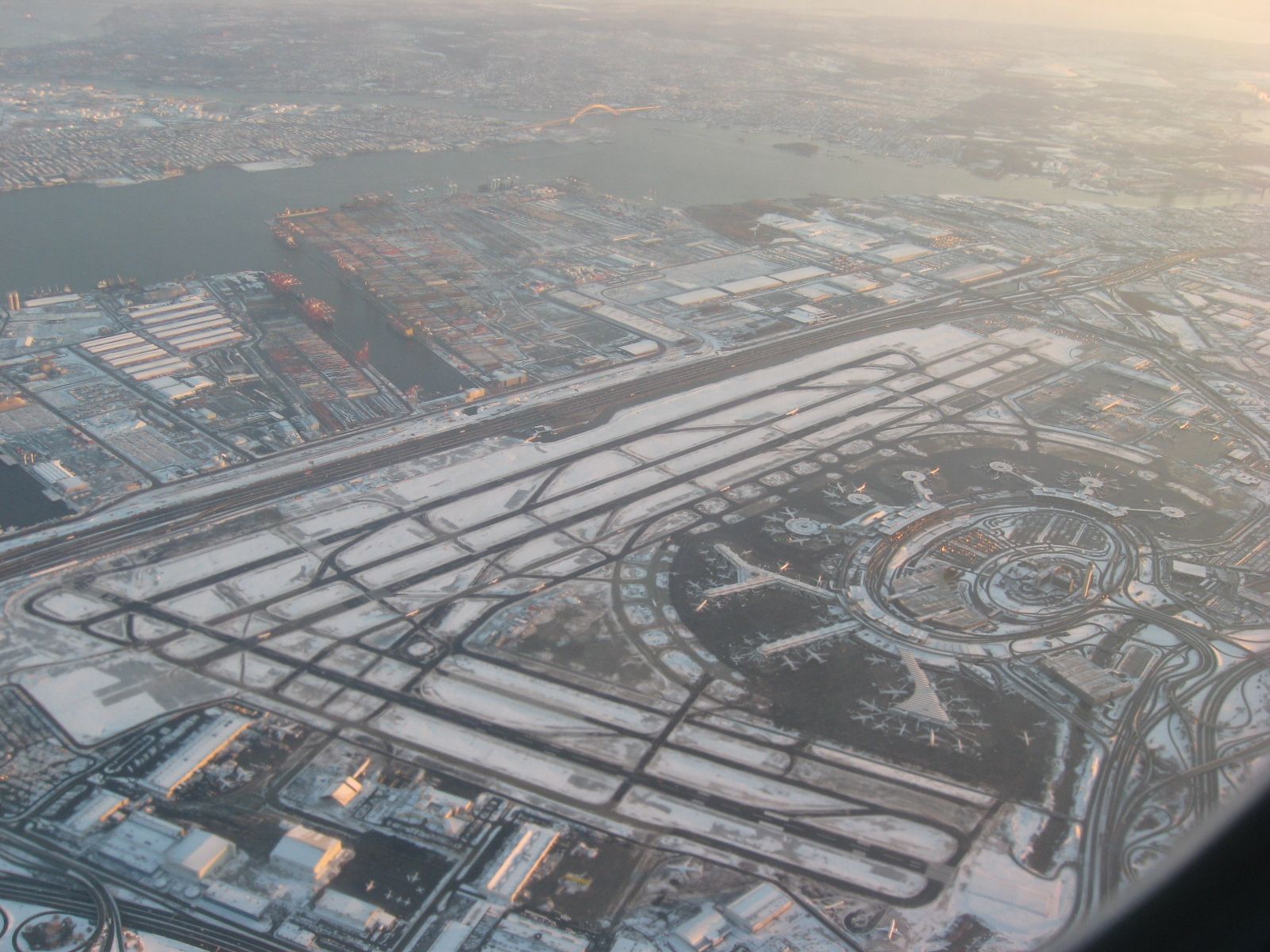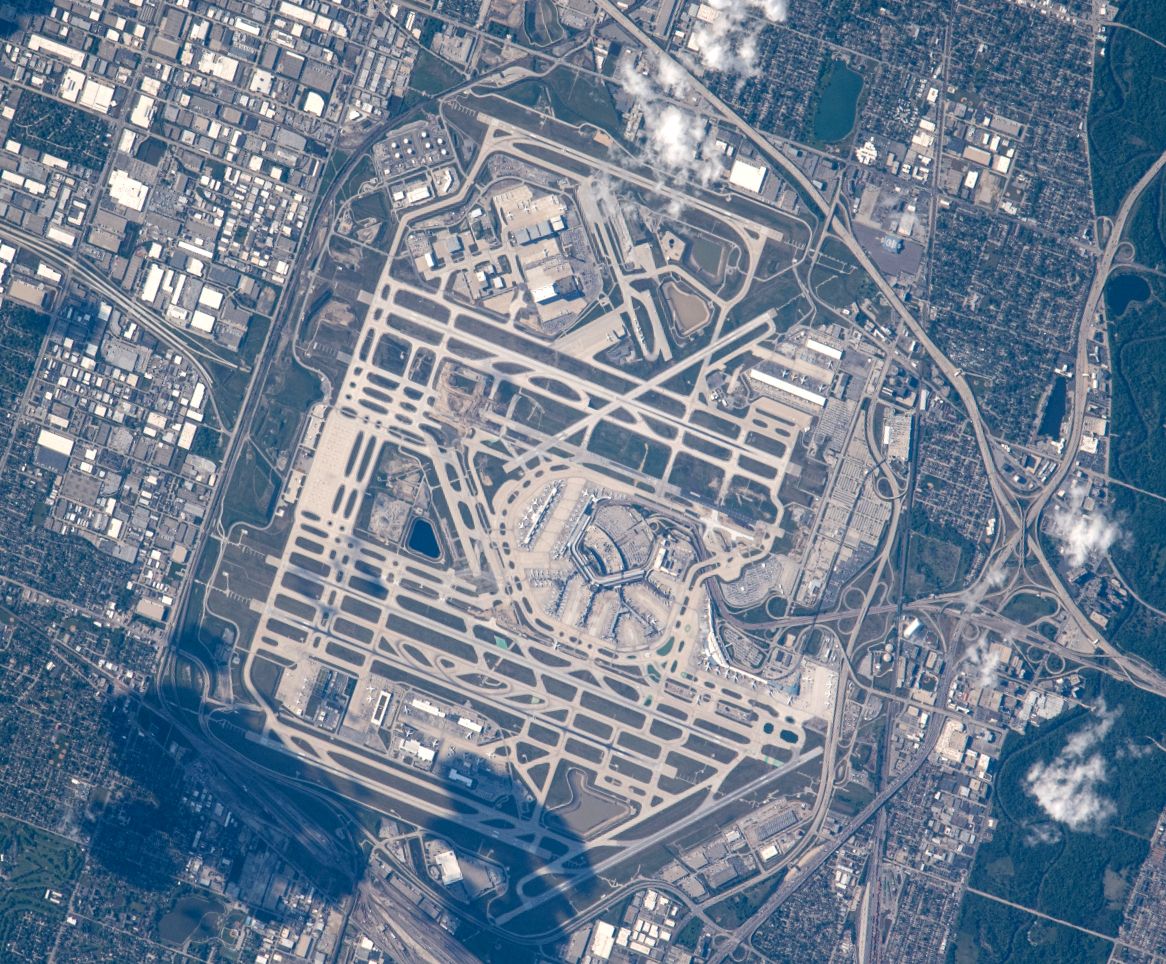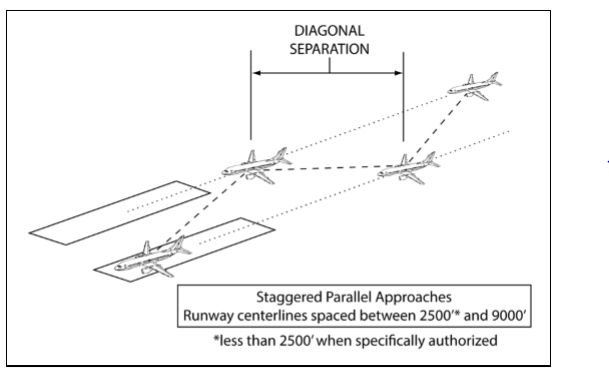Summary
- Simultaneous landings or takeoffs at US airports are rare, despite the fact that the facilities required for them are quite common.
- There are numerous airports in the US that have the facilities for simultaneous parallel landings, including Newark Liberty International Airport and Kansas City International Airport.
- The reason for the rarity of parallel landings is that airports often prioritize one runway for takeoffs and another for arrivals, and staggered approaches are more commonly used to reduce air traffic control precautions.
While landing at an airport, have you ever noticed another aircraft landing simultaneously on a parallel runway? While it is common to spot other aircraft taking off or landing on other runways, parallel takeoffs and landings are not very common.
Simultaneous landings or takeoffs, such as those that can be witnessed at San Francisco International Airport (SFO), can be incredibly beautiful, especially for those onboard who witness another aircraft land right alongside them. Despite the fact that these events are rather marvelous to behold, they are surprisingly rare among US airports.
San Francisco International Airport (SFO)
|
SFO |
2023 Statistics |
|---|---|
|
Total passengers |
50.2 million |
|
Aircraft operations |
385,000 |
|
Cargo operations |
484,100 tonnes |
However, the facilities that are required for a simultaneous landing are actually rather common, as all an airport requires are two parallel runways separated by more than 4,300 feet. Furthermore, parallel takeoffs and landings can even be authorized with less than that separation distance under specific circumstances, such as if both aircraft are significantly smaller.
|
SFO Runways |
Dimension |
Surface |
|---|---|---|
|
10L/28R |
11,870 ft (3,618 m) |
Asphalt |
|
10R/28L |
11,381 ft (3,469 m) |
Asphalt |
|
01R/19L |
8,650 ft (2,637 m) |
Asphalt |
|
01L/19R |
7,650 ft (2,332 m) |
Asphalt |
Despite this, simultaneous landings and takeoffs are actually rather rare, and many have only seen them at a few US airports. Therefore, which airports could permit these marvelous landings, and why are they not that common even when the appropriate facilities are available?
Potential airports
Newark Liberty International Airport (EWR)
|
EWR |
2023 Statistics |
|---|---|
|
Total passengers |
49.2 million |
|
Aircraft operations |
427,000 |
|
Cargo operations |
780,300 tonnes |
There are far more airports with the appropriate facilities for simultaneous parallel landings than one might expect. Examples of these airports include Newark Liberty International Airport (EWR), where United Airlines maintains an operational hub, and Kansas City International Airport (MCI).
|
EWR Runways |
Dimension |
Surface |
|---|---|---|
|
4L/22R |
11,000 ft (3,353 m) |
Asphalt/Concrete |
|
4R/22L |
10,000 ft (3,048 m) |
Asphalt |
|
11/29 |
6,726 ft (2,050 m) |
Asphalt |
In fact, there are actually numerous airports that maintain the facilities for triple parallel landings in the United States. In fact, 23 different US airports can accommodate three aircraft approaching three runways simultaneously, some of which are rather small. Wichita Falls Regional Airport (SPS), a mixed-use facility operating military flights out of nearby Sheppard Air Force Base and scheduled commercial service from American Eagle, has three parallel runways capable of simultaneous landings.
Some airports can theoretically even accommodate more than three aircraft landing or taking off at once, including Denver International Airport (DEN) and Dallas-Fort Worth International Airport (DFW). Chicago-O’Hare International Airport (ORD) can even hypothetically permit six aircraft to land simultaneously, which would truly be a sight to behold.
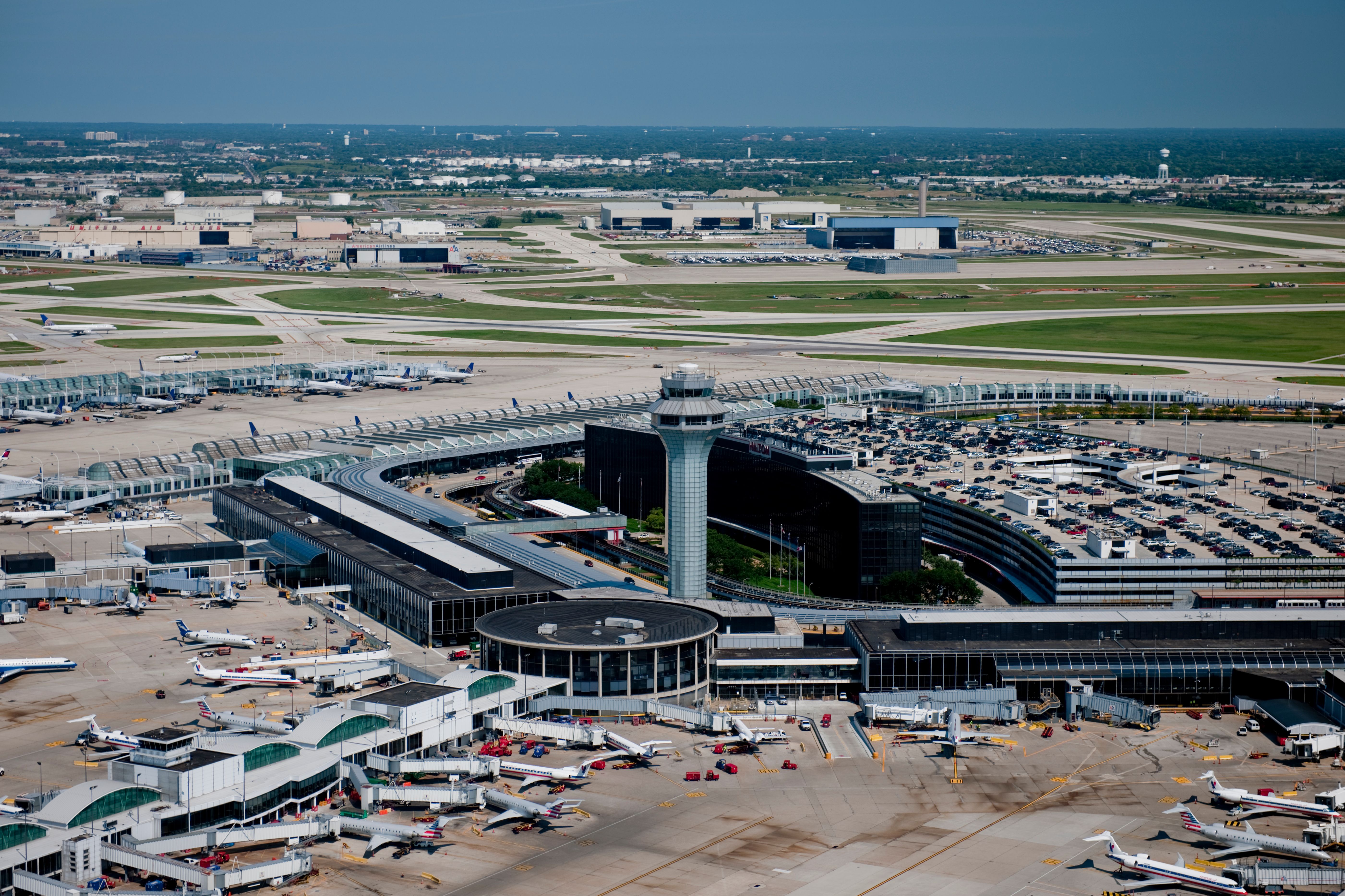
Related
8 Runways: The History Of Chicago O’Hare International Airport
Chicago O’Hare has grown as the main airport for the city as well as a hub for several airlines.
Why aren’t there more parallel landings?
In most situations, when an airport has two runways, one is used for takeoffs and the other for arriving flights, which is far more efficient than utilizing both for both departing and landing flights. Thus, it’s rather uncommon to see simultaneous arrivals even when airports do have multiple runways.
As SKYbrary mentions, even if airports have more than two runways and use multiple runways for landings or takeoffs, aircraft are often guided onto staggered approaches, which require fewer air traffic control precautions to be taken via diagonal instead of horizontal aircraft separation. Only under very specific circumstances are parallel landings utilized.
Photo: FAA
According to the Federal Aviation Administration (FAA),
“The super or heavy to aircraft landing behind a departing/arriving super or heavy on the same or parallel runways separated by less than 2,500 feet.”
“The B757/large aircraft to a small aircraft landing behind a departing/arriving B757/large aircraft on the same or parallel runways separated by less than 2,500 feet.”
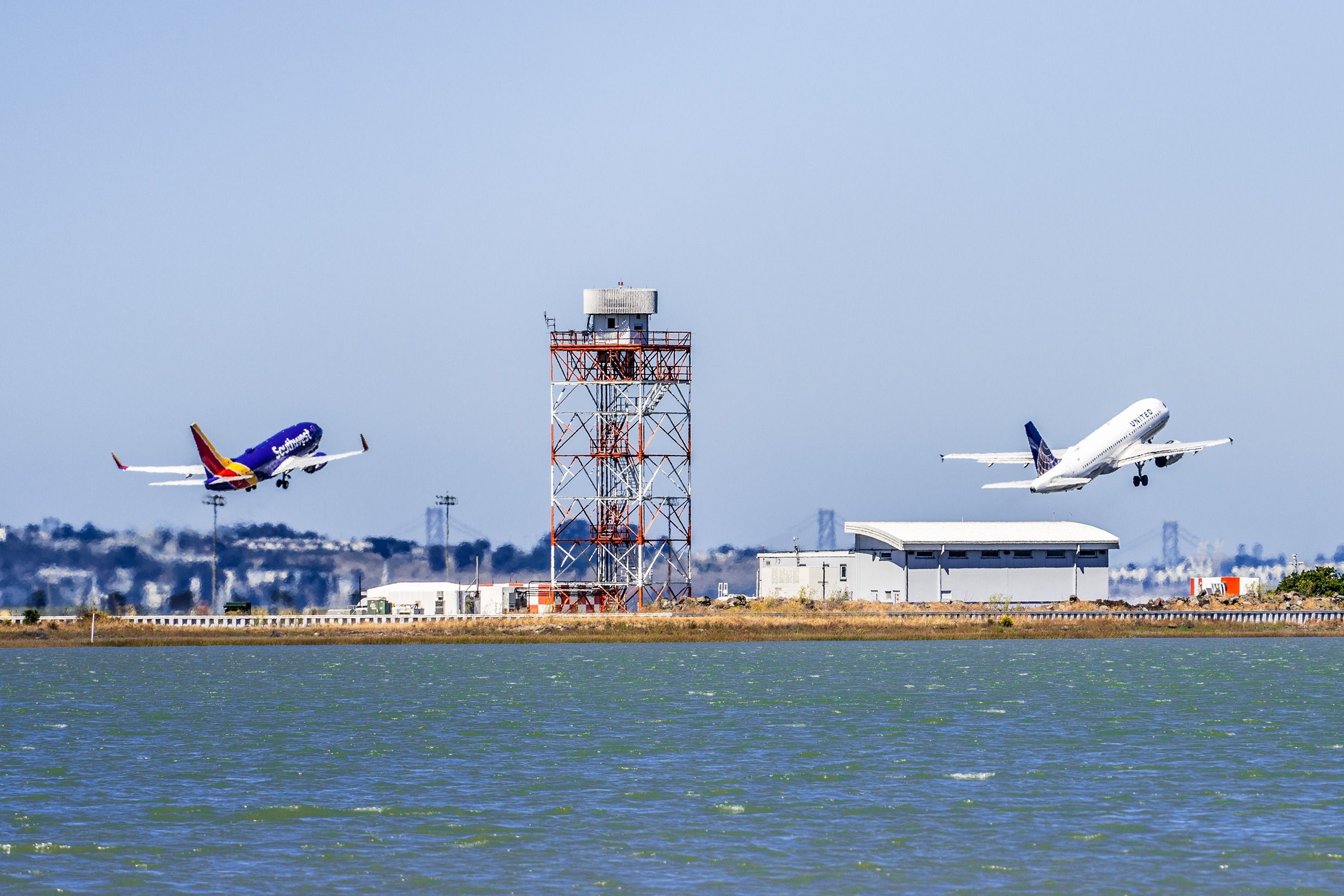
Related
Parallel Runways: 5 Rules That Define How They’re Used
There are more than a dozen of rules that regulate parallel runway operations and Simple Flying has highlighted some of them.
One time in which simultaneous landings are optimal is when an airport is experiencing significant one-way traffic. For example, if an airport has a large influx of arriving flights and very few departing flights, it may make sense to utilize both runways for simultaneous approaches as is done in San Francisco during certain times of the day.
Notably, simultaneous landings are contingent upon optimal conditions, and everything from rain to wind to fog can affect whether these maneuvers can be attempted. At airports such as SFO, which rely at times on simultaneous approaches, suboptimal conditions can lead to airport delays.
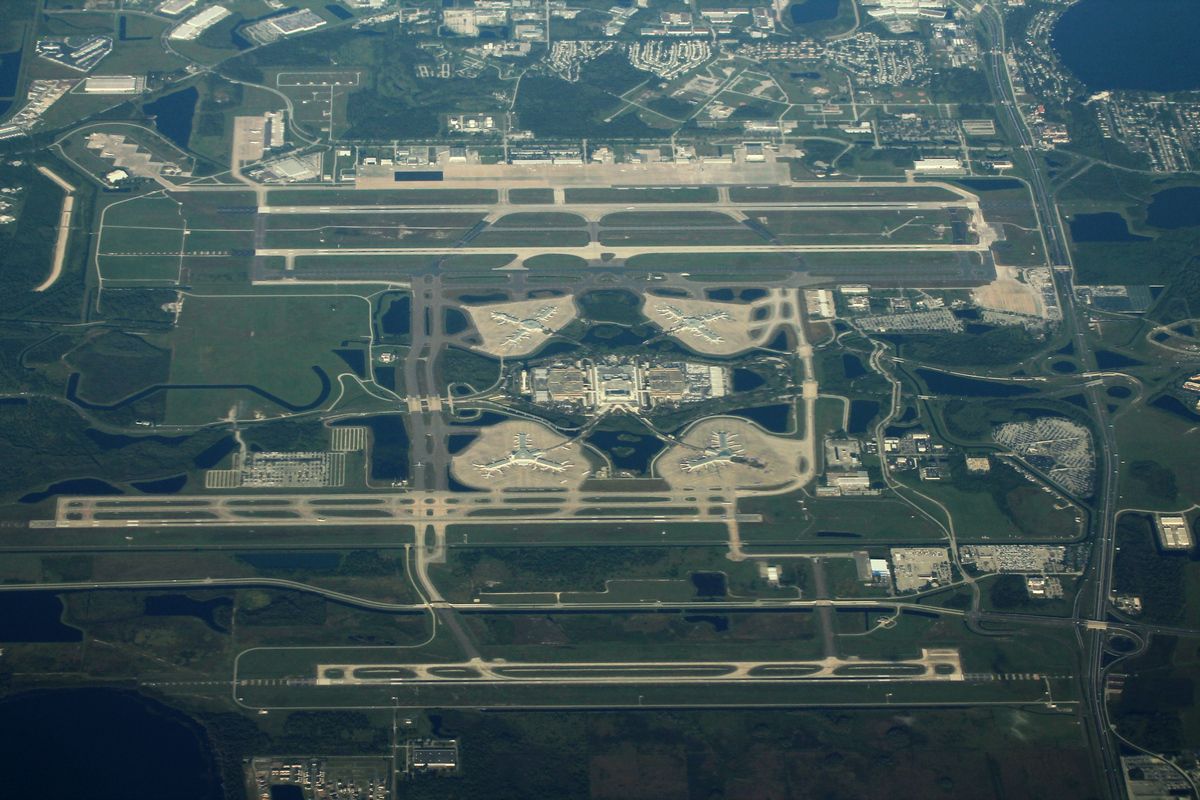
Related
Which Rules Dictate The Use Of Parallel Runways At Airports?
Airports with multiple parallel runways can handle more flights.


